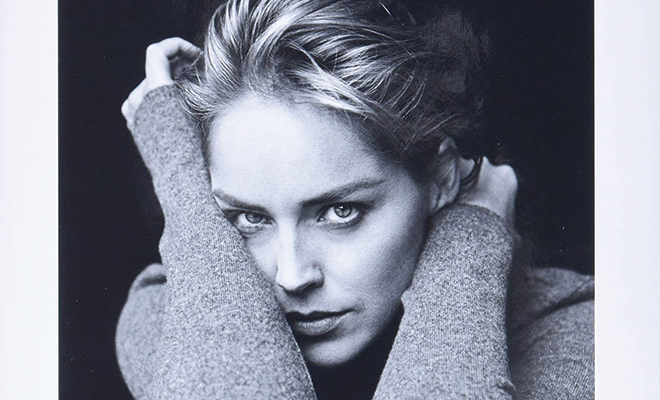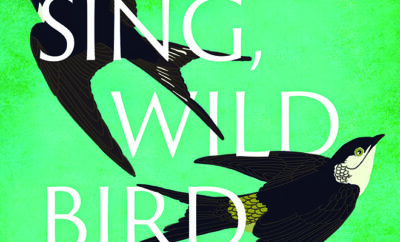
The Beauty of Living Twice by Sharon Stone
“I think that as we grow older, we have this societal pressure where people start to try to tell us that our worth is diminished,” Stone said. “I think this is a time in our life when our worth is the most enhanced.”
Sharon Stone made this comment to Oprah Winfrey in a March 2021 interview as she discussed the release of her memoir, The Beauty of Living Twice. Stone opens her story with the near-fatal stroke in September 2001 that left her without a vertebral artery and with 23 platinum coils where it had been. When, after almost a week of bizarre symptoms, she collapsed and was rushed to the hospital, the first doctor who saw her attempted to push her into exploratory brain surgery. He had informed People magazine that he knew exactly what to do and told Stone to “lie down and do what [she] was told.” She responded, “You’re fired.”
Raised in Meadville, Pennsylvania, with three siblings and parents she says were more interested in each other than their family, Stone had a life of responsibility and order. “I grew up not knowing my mother. In fact, I grew up not liking my mother. She was efficient and taught me how to do everything…She watched me do it to make sure it was done correctly, and if it wasn’t, I did it again…What I didn’t know until now, until I wrote this book and needed to try to talk to her, was her truth. The truth she was too ashamed to tell anyone.” It was the truth of her father’s abuse.
Stone’s career began when she modeled with the Eileen Ford Agency in New York City. That is, she says, until the scar on her neck got in the way; that’s a good story from an active childhood. The old Coppertone commercial in which the poolside waiter fell into the pool? That was Stone.
Stone’s father expected a career for her in architecture or engineering. He didn’t get the path she chose, even when she showed him her tax return to prove she earned more than he did. “[My father] had taught me that if you want respect, you have to demand respect. Not ask for it, not hope for it, but demand it.” The further explanation of her father’s aspirations for her, and his fear of what the beauty and film industries would do to her, is on pages 88 and 89. Read it; it’s a telling description of Stone’s grit and determination, especially following her making of Basic Instinct.
Her film debut was 1980’s Woody Allen film, Stardust Memories. IMDB’s cast description of her is “pretty girl on train.” She describes meeting Allen and his direction to lay a big kiss on the window, as if she were kissing him. So, she moved to Hollywood to “get in the ring.”
I didn’t realize until reading The Beauty of Living Twice that Basic Instinct was Stone’s eighteenth movie. At the age of 32, she told her agent that if they got her in the door, she would get the role. “It wasn’t until we took the movie to Cannes that Michael [Douglas] found out I had already done all those other **** movies. He stood up and made a beautiful toast to me. That moment was so amazing; I was wearing my beach coverup as an evening gown. People had broken into my room to steal Sharon Stone’s belongings. I was a star and one with no money to buy new clothes. Welcome to Hollywood, honey bun. I went upstairs at this hotel/restaurant and had the dry heaves in the toilet.”
Stone’s voice throughout is irreverent, poignant, snarky, introspective, cathartic, emotional. She speaks of the generational sexual and physical abuse that wound through her family and the rage and other emotions it generated, particularly after her grandfather’s death. “It’s a very weird thing when you’re a kid and the first experience you have of death is glee and relief. And emptiness.”
She tapped into that rage with Basic Instinct. “It was terrifying to look into the shadow self and to release it onto film for the world to see…to let myself know that I have or had that darkness within…It was and is the most freeing thing I have ever done.”
These are just a few excerpts from a must-read memoir. She describes life after the stroke, recovery, getting back into her career and her experiences as her activism with HIV/AIDS developed, in great part because she lost friends and colleagues to the disease. And while it’s not a conclusion, she mentions everyone who prayed for her. “I know for sure that those people kept me alive. I am bathed in gratitude. It is for that and for them that I live a life of service.” ■







